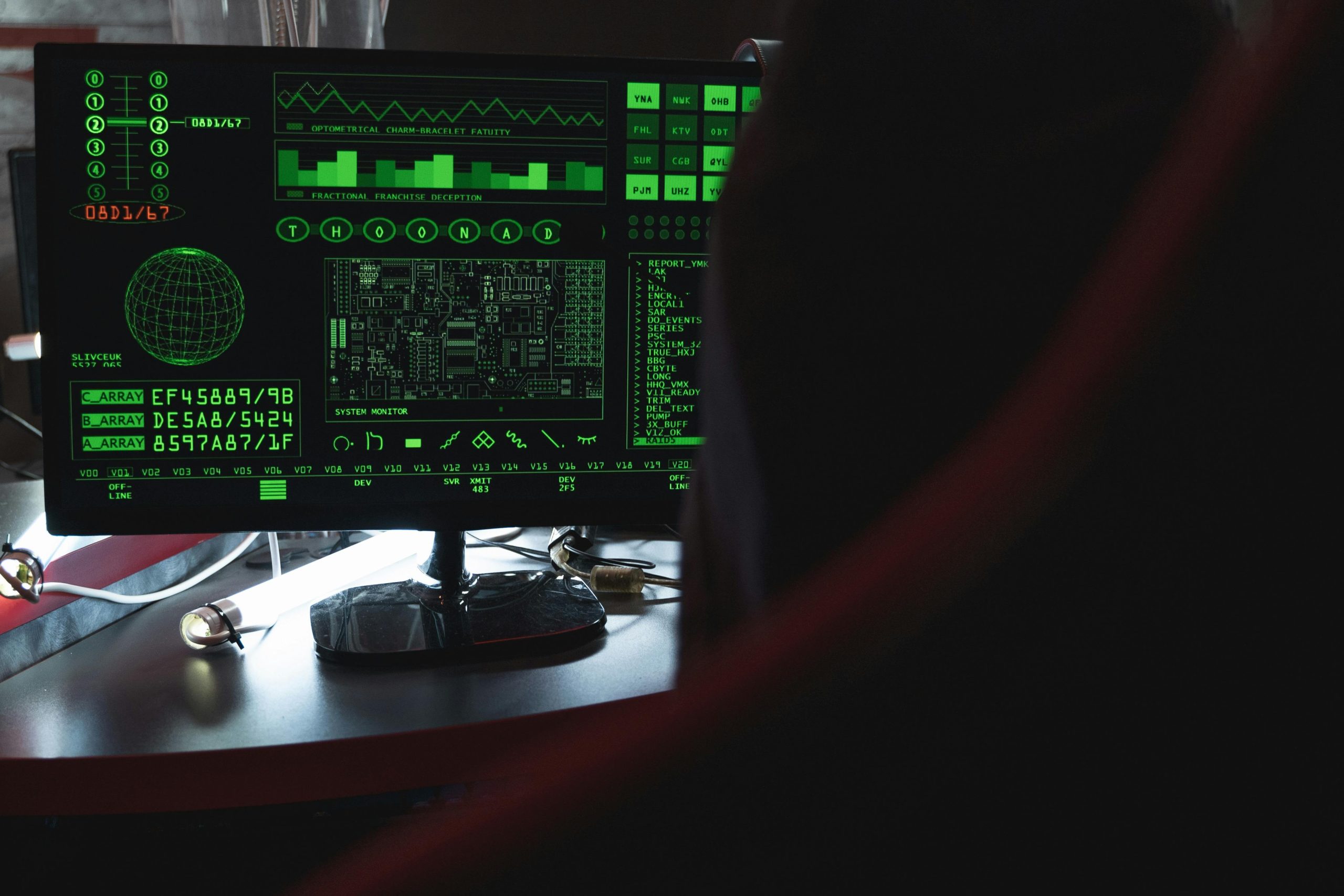Gaming on a PC offers an unparalleled experience, but to get the most out of your rig, optimization is key. Whether you’re a casual gamer or a competitive esports enthusiast, fine-tuning both your hardware and software can drastically improve performance, reduce lag, and enhance visual quality. This guide will walk you through the best ways to optimize your PC for gaming, covering everything from hardware upgrades to software tweaks.
1. Upgrade Your Hardware for Maximum Performance
Hardware is the backbone of gaming performance. If your PC struggles with modern titles, upgrading key components can make a world of difference.
Graphics Card (GPU)
The GPU is the most critical component for gaming. A powerful graphics card ensures smooth frame rates and high-quality visuals. Look for GPUs with:
- High VRAM: Essential for texture-heavy games.
- Ray tracing support: For realistic lighting effects.
- High clock speeds: Boosts rendering performance.
Processor (CPU)
A fast CPU prevents bottlenecks, especially in CPU-intensive games. Consider:
- Multi-core processors: Ideal for modern games.
- High clock speeds: Improves single-threaded performance.
RAM and Storage
RAM: 16GB is the sweet spot for gaming, but 32GB is better for future-proofing.
Storage: SSDs drastically reduce load times compared to HDDs. Opt for an NVMe SSD for the fastest speeds.
2. Optimize Your Software Settings
Even with top-tier hardware, software optimization ensures your PC runs games efficiently.
Update Drivers Regularly
Outdated drivers can cause performance issues. Always keep your GPU drivers up to date:
- NVIDIA: Use GeForce Experience.
- AMD: Use Radeon Software.
Adjust In-Game Settings
Not all settings need to be maxed out. Focus on:
- Resolution: Match your monitor’s native resolution.
- VSync: Disable if you have a high-refresh-rate monitor.
- Shadows and anti-aliasing: Lower these for better FPS.
Optimize Windows for Gaming
Windows has built-in features that can hinder performance. Try these tweaks:
- Game Mode: Enable it to prioritize gaming performance.
- Background apps: Disable unnecessary apps.
- Power settings: Use “High Performance” mode.
3. Keep Your System Clean and Cool
Overheating and clutter can throttle performance. Regular maintenance is crucial.
Clean Your PC
Dust buildup can block airflow and cause overheating. Clean your PC every few months:
- Use compressed air: Blow dust out of fans and vents.
- Check thermal paste: Reapply if your CPU runs hot.
Improve Cooling
Proper cooling prevents thermal throttling:
- Add case fans: Ensure good airflow.
- Consider liquid cooling: For high-end builds.
4. Use Gaming-Specific Software Tools
Several tools can help optimize your gaming experience.
Performance Monitoring
Track your system’s performance with tools like:
- MSI Afterburner: Monitors GPU and CPU usage.
- HWMonitor: Checks temperatures and voltages.
Game Boosters
Software like Razer Cortex can free up system resources by closing background processes.
5. Network Optimization for Online Gaming
Lag and high ping can ruin online gaming. Optimize your network for the best experience.
Use a Wired Connection
Ethernet is more stable than Wi-Fi. If possible, connect directly to your router.
Optimize Router Settings
Enable Quality of Service (QoS) to prioritize gaming traffic.
Reduce Latency
Close bandwidth-heavy applications like streaming services while gaming.
Conclusion
Optimizing your PC for gaming involves a mix of hardware upgrades and software tweaks. By upgrading key components, fine-tuning settings, and maintaining your system, you can achieve smoother gameplay and better visuals. Whether you’re building a new rig or improving an existing one, these tips will help you get the most out of your gaming experience. Start optimizing today and enjoy lag-free, high-performance gaming!
